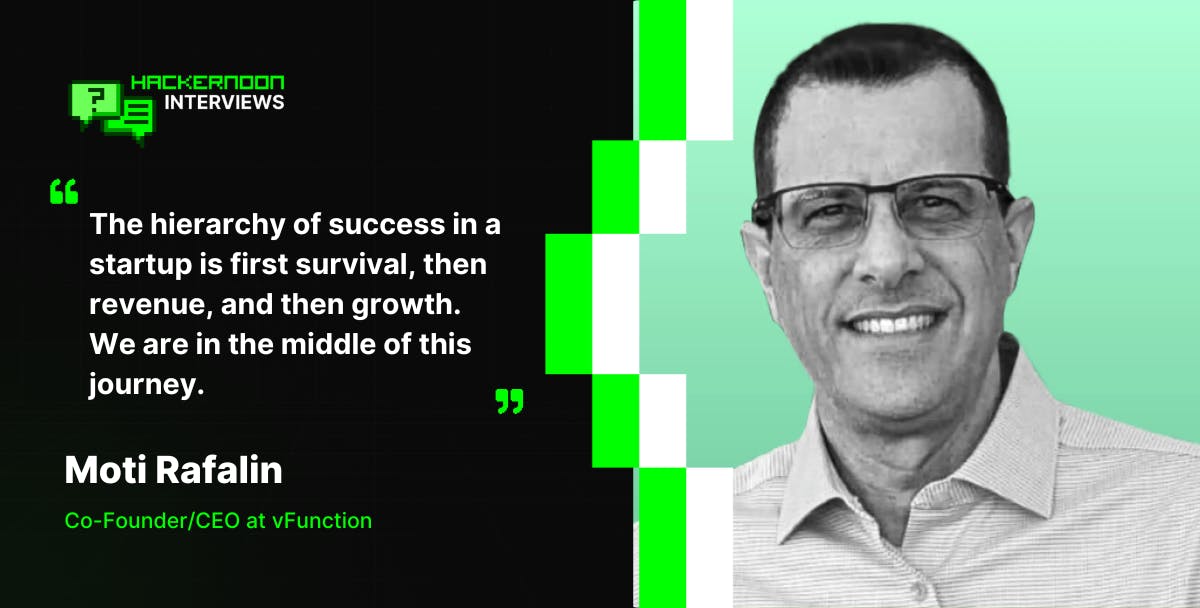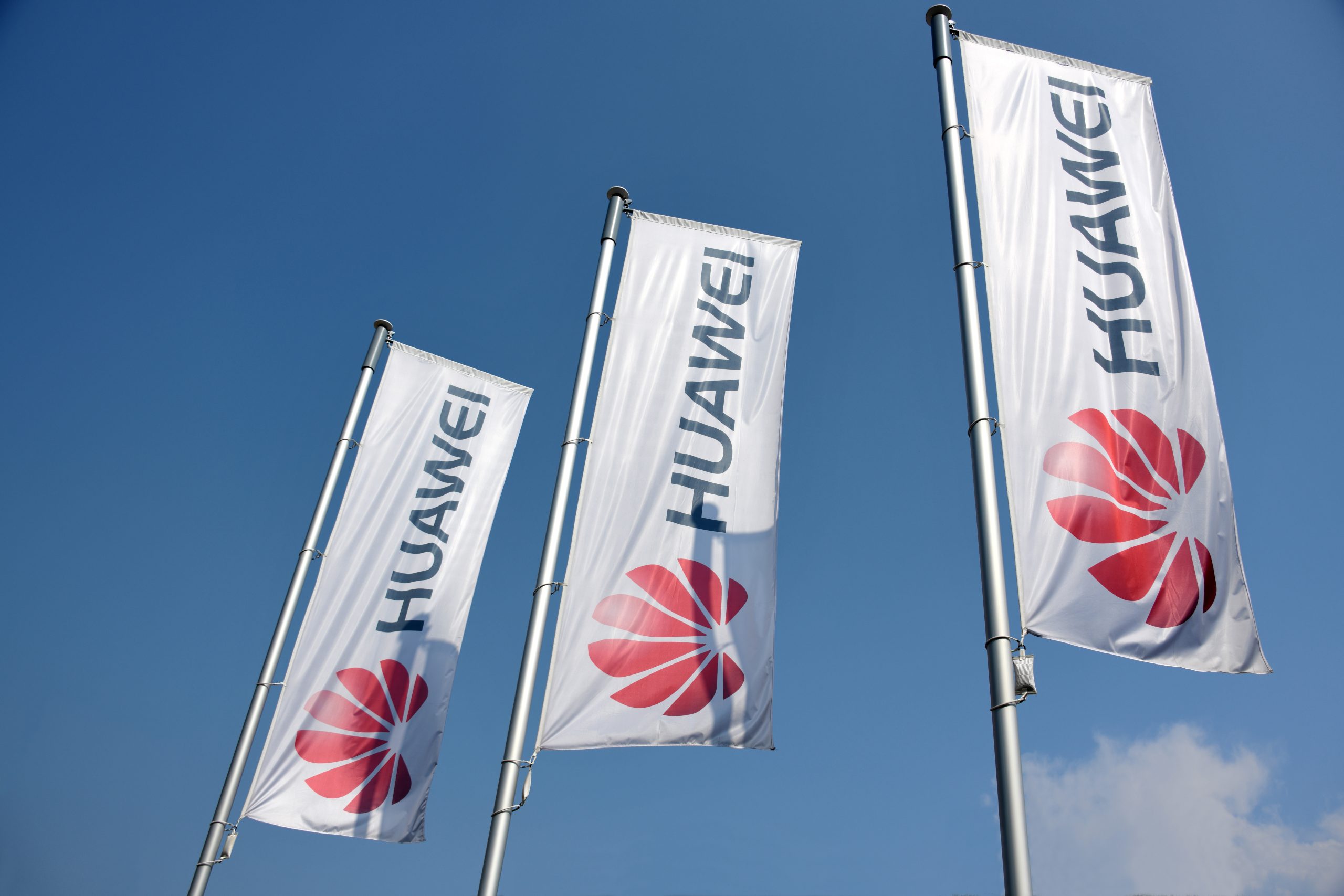HackerNoon: What is your company in 2–5 words?
Moti Rafalin: The pioneer of AI-driven architectural observability.
2. Why is now the time for your company to exist?
AI is accelerating code generation—but also creating architectural chaos. Without visibility and control, teams risk runaway complexity, mounting technical debt, and serious scalability and reliability issues.
3. What do you love about your team, and why are you the ones to solve this problem?
Our core team has worked together for over a decade, tackling architectural challenges firsthand at WatchDox—scaling a monolithic cloud system, managing long release cycles, and overcoming testing hurdles. These experiences were the catalyst for vFunction. What I love most about our current team is our transparent, flat culture that values character and fosters idea-sharing from anyone at any level. This openness gives us a unique edge in solving complex architectural problems.
4. If you weren’t building your startup, what would you be doing?
I can’t see myself not building something.
5. At the moment, how do you measure success? What are your metrics?
The hierarchy of success in a startup is first survival, then revenue, and then growth. We are in the middle of this journey.
6. In a few sentences, what do you offer to whom?
vFunction delivers an AI-driven architectural observability platform that enables software architects and engineering leaders to understand their application architecture, reduce technical debt, and manage complexity. Whether a team wants to modernize monolithic applications, or add governance and automatic documentation to a distributed architecture, vFunction provides the visibility, analysis, control and automation needed to make those transformations.
7. What’s most exciting about your traction to date?
Customers who otherwise weren’t able to truly take advantage of the cloud due to slow and costly manual processes are finally seeing the light at the end of the tunnel with the help of architectural observability.
8. Where do you think your growth will be next year?
While I don’t make predictions, I’m confident in our commitment to drive high growth. We’re expanding our application modernization business by partnering with global system integrators and leading cloud providers to help Fortune 1,000 companies uncover their architecture and transition to cloud-native. At the same time, we’re strengthening our support for distributed architectures, including microservices and hybrid environments that blend monoliths and microservices.
9. Tell us about your first paying customer and revenue expectations over the next year.
Our path has been rather untraditional—we spent two years building our product before signing our first customer, one of America’s largest banks, in a six-figure deal. Partnering with major cloud providers and tapping into their ISV funding programs has opened new opportunities and accelerated revenue growth—momentum we plan to build on in the coming year.
10. What’s your biggest threat?
The status quo in software development – meaning, the industry often accepts unsustainable software practices, and particularly strays away from intended architecture design, in pursuit of rapid feature releases or the next big trend. Also, software architects and engineers still rely on fragmented, manual approaches to managing architecture, which slows their ability to innovate. With architectural observability, we hope to break the norm and equip teams to build resilient and scalable applications with greater control and efficiency.










